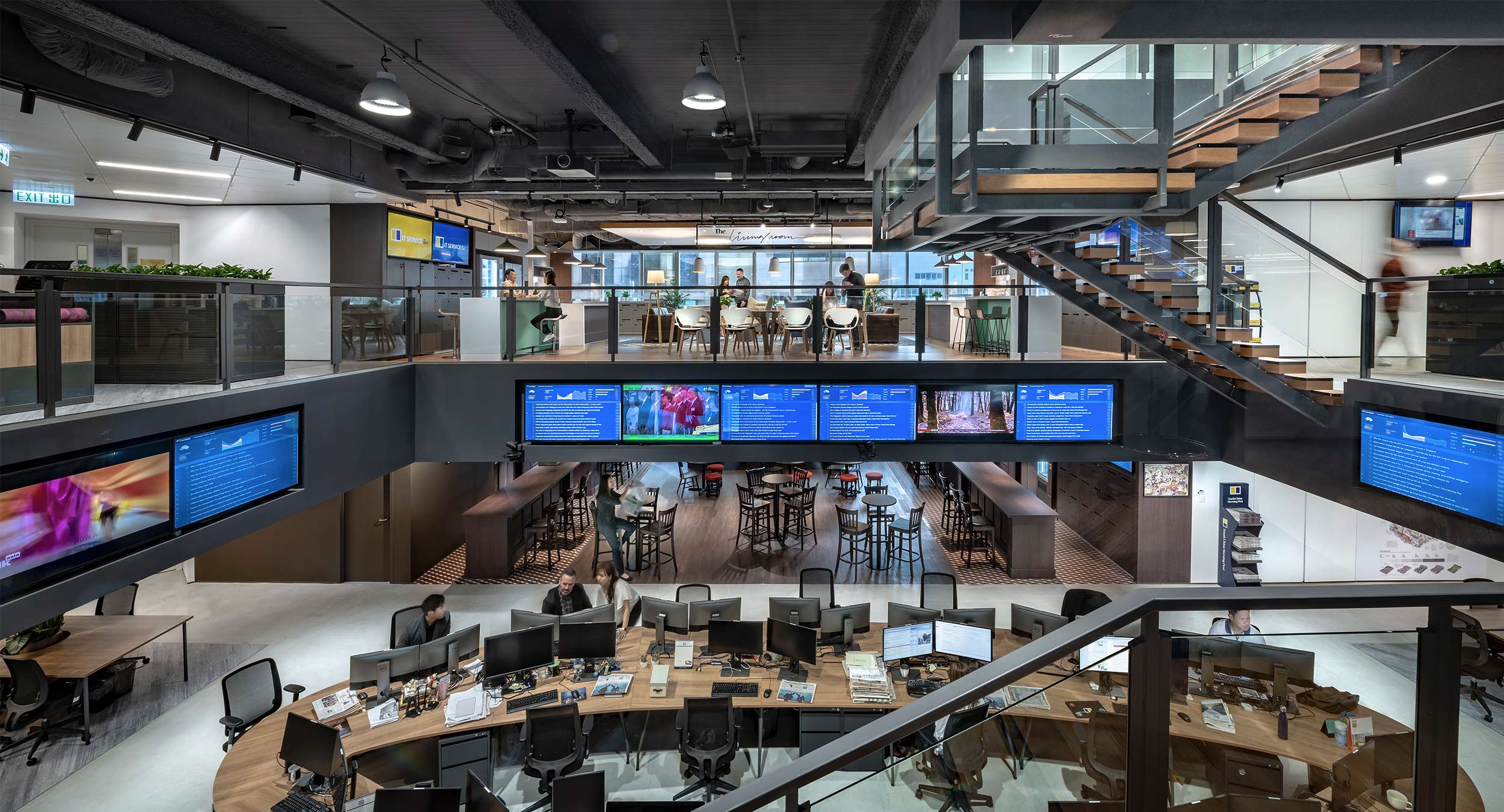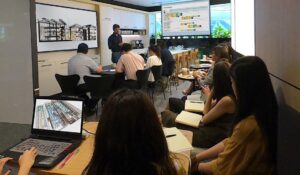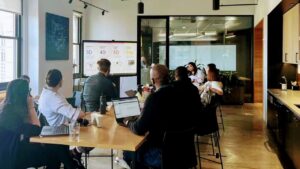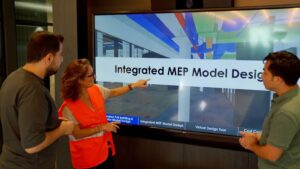Even with hundreds of accomplished projects in global workplace design and construction, I find myself having a lot to learn. It seems to me that the integration of ethical and resilient supply chains stands as a necessity for successful project delivery. As dedicated lifelong learner I’m trying to catchup with certain issues and this is one in which I will document and share my learning and share any insights.
It becomes increasingly evident that the conventional approach to supply chain management is undergoing somewhat of a transformative shift. Perhaps this has become easier due to more robust connections that allow us to delve deeper into our own supply chain, I’m not entirely certain.
This article looks at different key aspects, many of which my company does exceptionally well and others where I see no market leaders in our industry who have it all worked out. These key aspects enumerated below, underscore at least a framework of how leaders in workplace design can navigate these changes to achieve both profitability and responsibility. For those reading this, if you are more expert in this area, then I invite you to connect. I’d like to learn more.
So here is how I see it thus far:
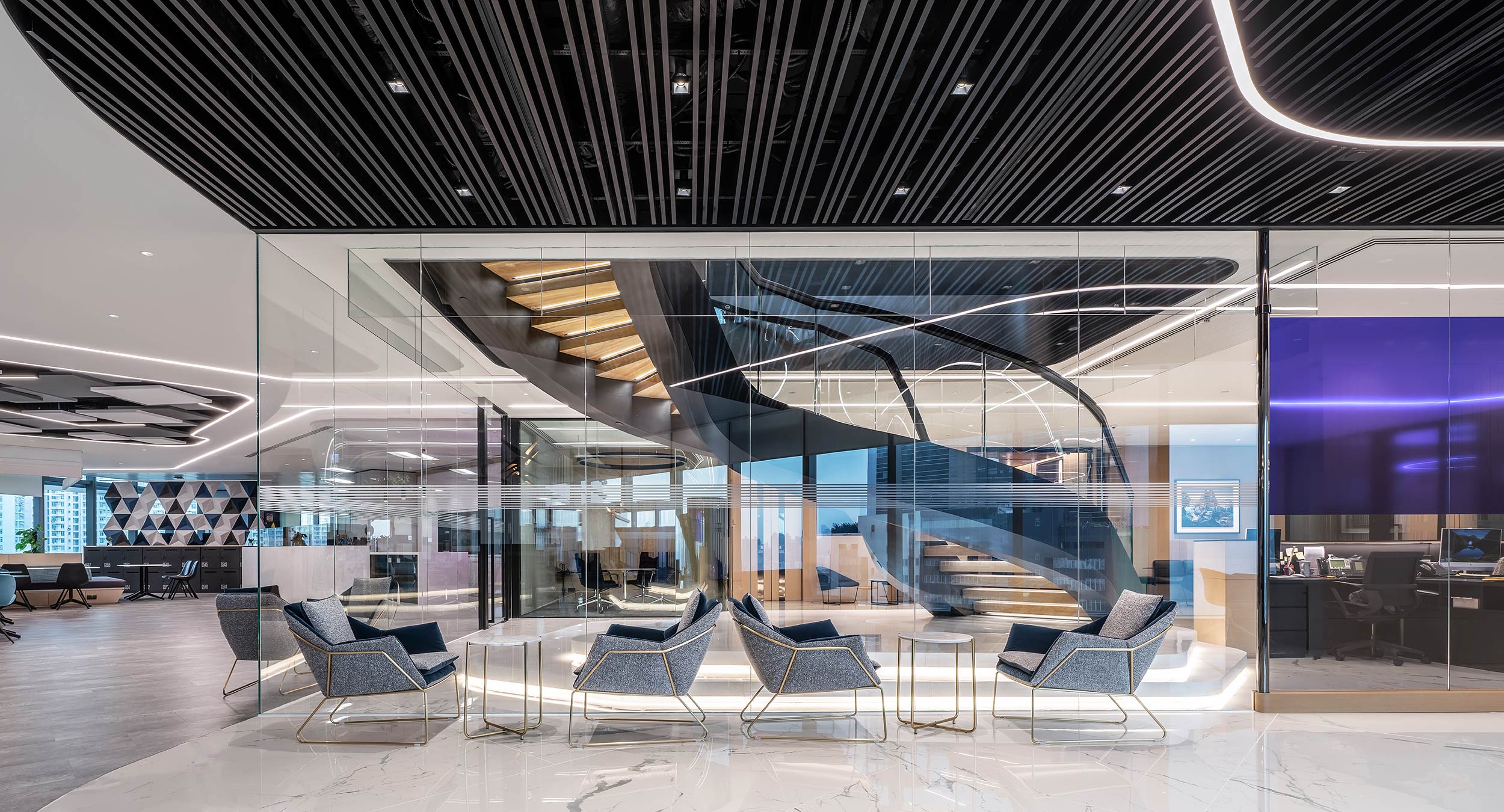
Embracing Ethical Supply Chains in Workplace Design
The concept of ethical supply chains transcends the traditional metrics of cost and efficiency. It embodies a commitment to sustainability, fair labor practices, and minimizing environmental impact. In the context of workplace design, this means selecting materials and partners that align with these values. By doing so, companies not only contribute to a more sustainable and equitable world but also resonate with the growing consumer and employee base that values corporate responsibility.
Building Resilience in Supply Chains
Resilience in supply chain management is about creating systems that are robust enough to withstand various disruptions, be it natural disasters, geopolitical tensions, or economic fluctuations. At least that’s the definition. How we get there seems more complicated. For global workplace design projects, this translates into diversifying supplier bases, investing in predictive analytics, and developing contingency plans. The aspirational goal is to maintain operational continuity and project delivery timelines, irrespective of external pressures. This resilience is not a static state but a continuous process of adaptation and improvement.
The Synergy of Ethical and Resilient Practices
The integration of ethical and resilient practices is rapidly transitioning from a ‘nice-to-have’ to a ‘must-have’ in workplace design. That much seems clear to me. This synergy is about creating supply chains that are not only robust in the face of challenges but also grounded in ethical principles. For instance, sourcing materials from suppliers that use renewable energy or adopting circular economy principles where waste is minimized and resources are reused. These practices not only mitigate risks but also drive innovation in project design.
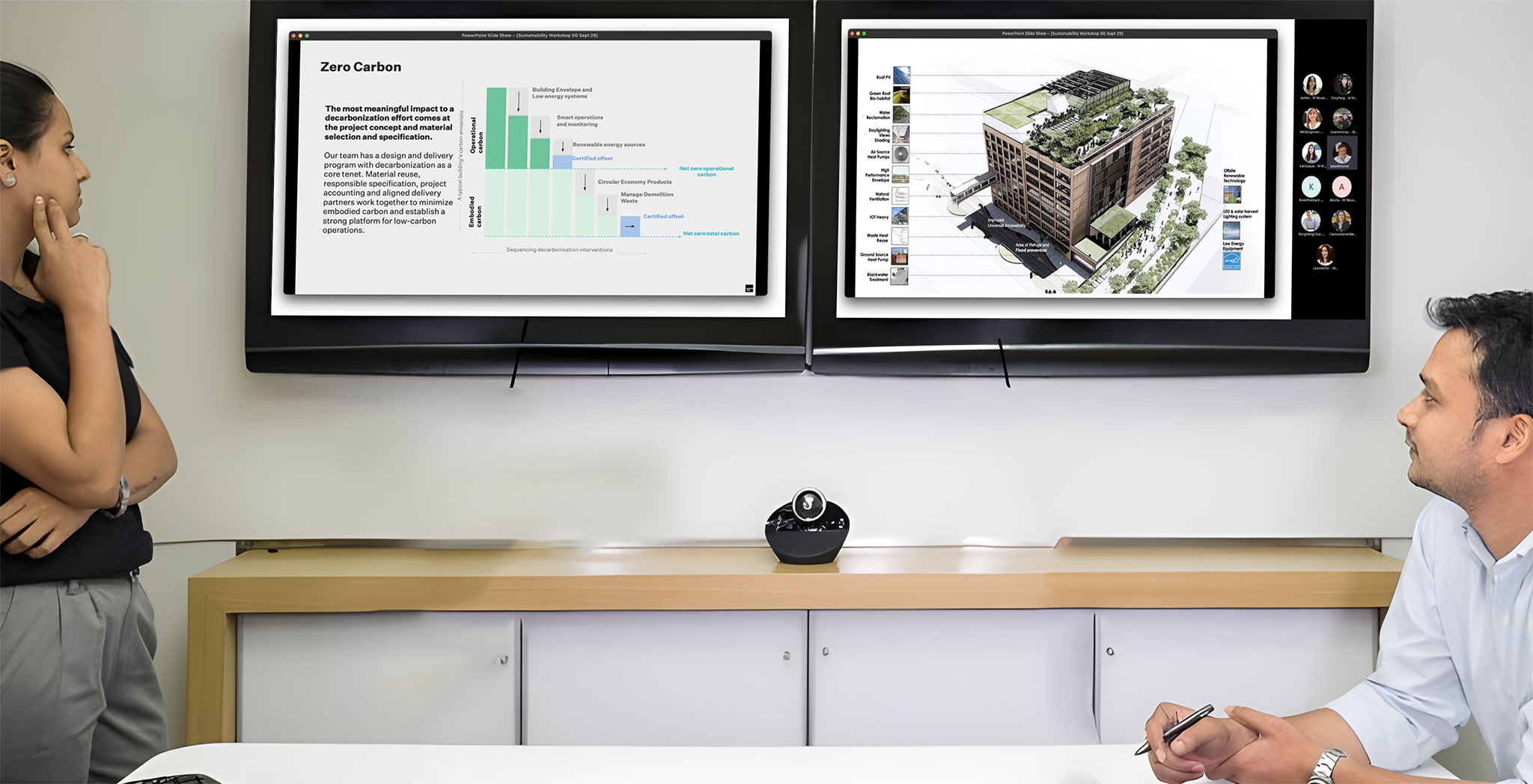
Navigating Challenges in Implementation
Implementing these practices is not without its challenges. One of the primary hurdles is balancing cost with ethical and resilient practices. Often, ethical choices may come with a higher price tag or require more complex logistics. However, what I observe in our own company is that leaders in workplace design are finding innovative ways to overcome these challenges, such as through close communication with suppliers or guiding choices towards the consideration of local sourcing to reduce transportation costs and emissions.
The Role of Technology in Enhancing Supply Chains
Technology plays a pivotal role in advancing ethical and resilient supply chains. From blockchain for transparent tracking of materials to AI-driven analytics for predicting supply chain disruptions, technology is enabling more efficient and transparent operations. In workplace design, this could mean using virtual reality to simulate design choices or IoT devices to monitor the sustainability of a building’s operation post-construction. We have numerous experts inhouse in virtual reality and simulations. Our own efforts in AI are growing rapidly. So, I’ll be watching this space to see what aspects are applied to supply chains and report in future articles.
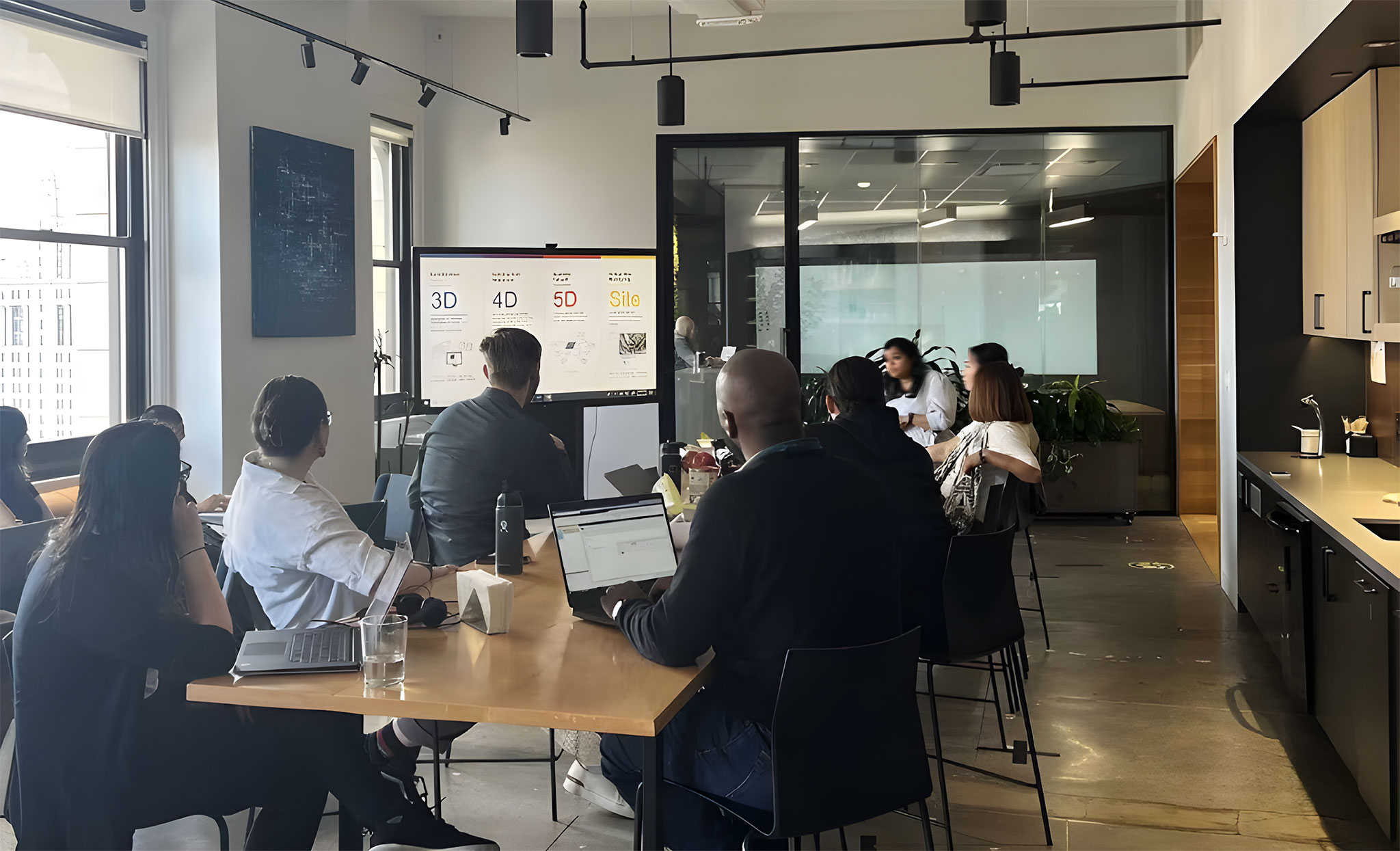
Stakeholder Engagement and Communication
Stakeholder engagement is crucial in evolving supply chains. This involves not just internal team members but also clients, suppliers, and even end-users. Communication and collaboration are key in aligning everyone’s efforts towards common ethical and resilient objectives. Regularly updating stakeholders about supply chain initiatives and their impact can foster a culture of transparency and shared responsibility. Regularly updating one’s own people in this regard is crucial as well and I’m pleased to say we have several experts who conduct learning sessions and advance our understanding through effective communication.
Regulatory Compliance and Standards
Navigating the complex web of regulations and standards is essential for ethical and resilient supply chains. In workplace design, this means adhering to both local and international laws regarding labor practices, environmental regulations, and material sourcing. Staying abreast of these changing regulations and proactively complying with them not only avoids legal pitfalls but also positions a company as a responsible industry leader.
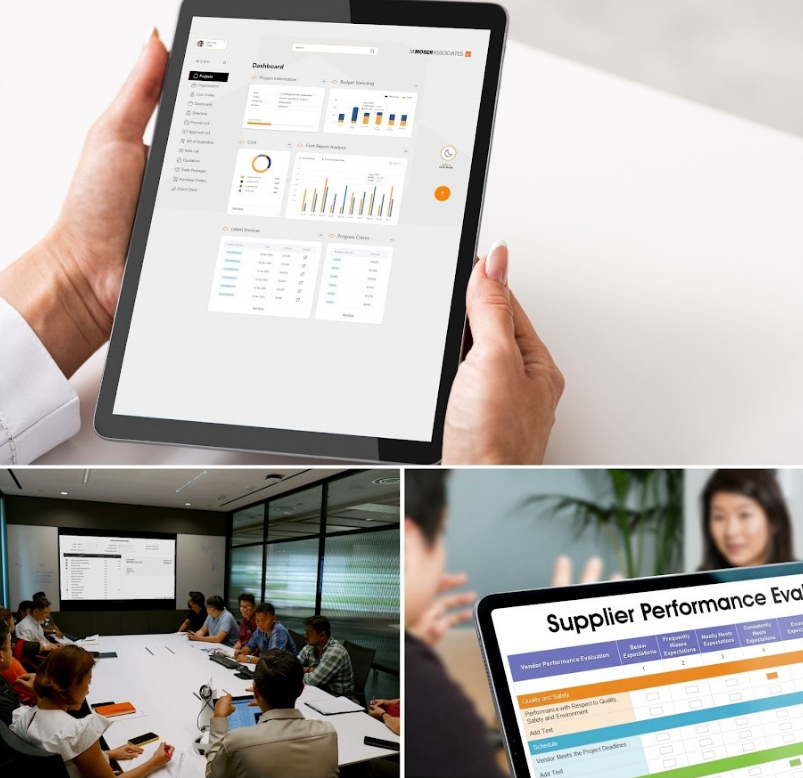
Sustainable Sourcing and Circular Economy
Sustainable sourcing is about choosing materials and products that have a minimal environmental footprint. This includes considerations like the distance materials need to travel, the energy used in their production, and their lifecycle impacts. Incorporating circular economy principles, where materials are reused or recycled at the end of their life, further enhances the sustainability of workplace design projects. Our suppliers are phenomenal in providing verifiable evidence in this regard. This ability of our suppliers to support the overall supply chain and ethical sourcing in this way is a key differentiator in which suppliers we work with most regularly.
Risk Management and Contingency Planning
Effective risk management and contingency planning are vital for resilient supply chains. This involves identifying potential risks, assessing their impact, and developing strategies to mitigate them. In workplace design, this could mean having alternative suppliers in different geographical locations or flexible project timelines to accommodate unforeseen delays. For a company that delivers complete integrated workplace design and delivery globally this has been a must but there is always room for improvement.
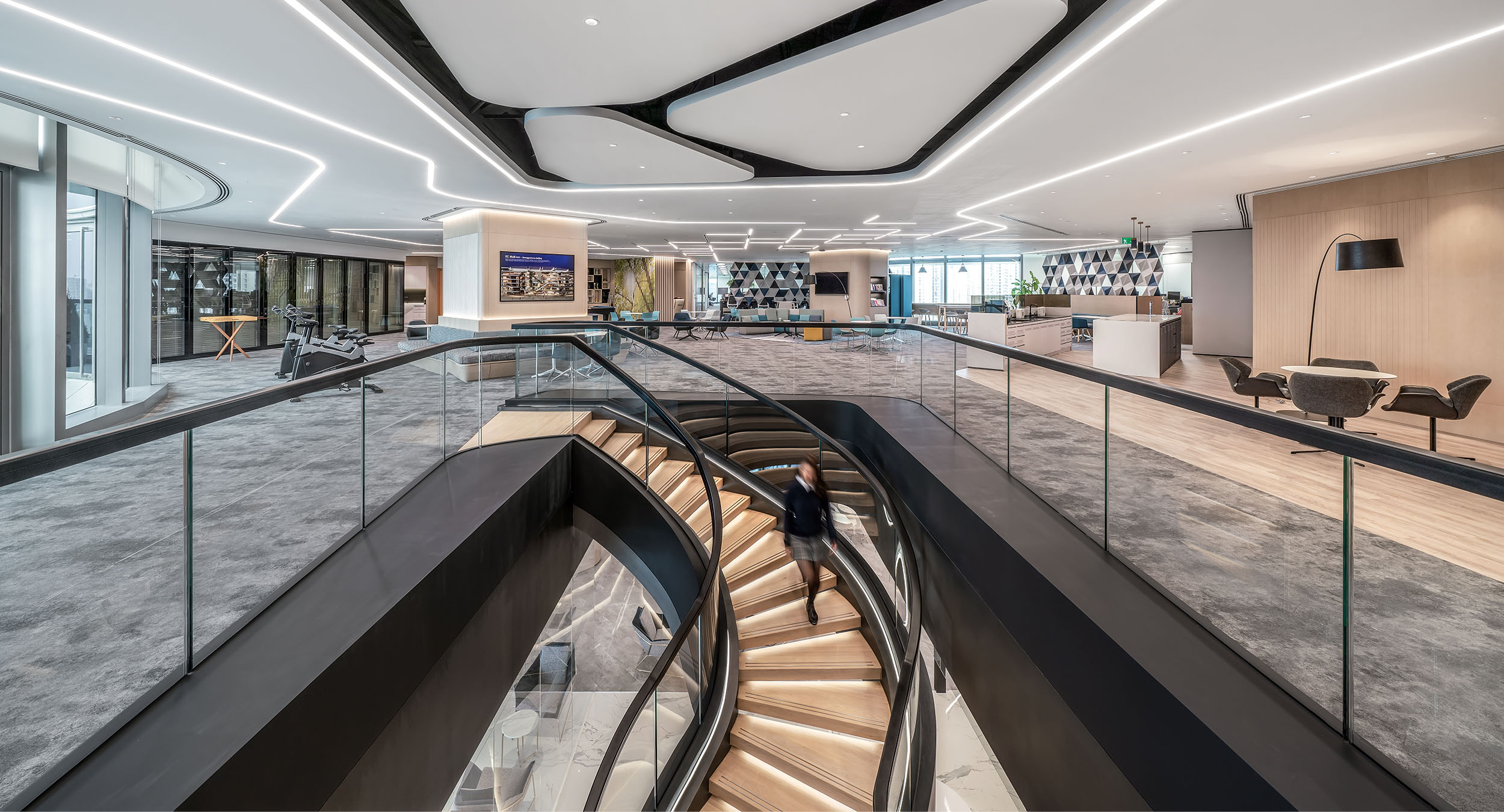
The Impact on Brand and Reputation
The way a company manages its supply chain has a significant impact on its brand and reputation. Ethical and resilient practices can enhance a brand’s value, attracting clients and talent who prioritize corporate responsibility. Conversely, any lapse in these areas can lead to reputational damage and loss of trust among stakeholders. It pays for example for our employees to be vigilant against believing product data that greenwashes their own sourcing and manufacturing a sit may impact our own standing in the community as well.
Measuring Success and Continuous Improvement
Finally, measuring the success of these initiatives is critical. This involves setting clear metrics for ethical and resilient practices and regularly reviewing them. Continuous improvement is a key aspect, learning from each project and refining strategies for future initiatives. Here I’m hoping we can all do a better job and find way to leverage AI and data to make these measurements better and easier to achieve.
As we continue our journey in understanding and implementing these practices, sharing these learnings becomes a part of contributing to a broader community of knowledge.
The integration of ethical and resilient supply chains in workplace design reflects a deeper understanding of our interconnected world and a commitment to creating workspaces that are not only aesthetically pleasing and functional but also responsible and sustainable.
As I navigate this evolving landscape, the learning and sharing of insights become pivotal in shaping a more ethical and resilient future in workplace design and I hope to learn and grow with those of you interested.
